Let's get into the female hormones

Today's article continues last week's, with the main difference being the focus on female hormones. We have been working on female hormone replacement or balancing at the pharmacy for the last 25 years. You may be asking yourself, "Why will a guy be telling me about women's hormones"? That's an excellent question. Unfortunately, I'm the author of this article, so you are stuck with me, but know that I have read, researched, and been to numerous conferences on female hormones, so I feel comfortable sharing some thoughts. I also have three daughters and two granddaughters and work with 12 women.
When discussing female hormones, the most common are estrogen and progesterone, but testosterone also plays a role. When we compare this with male HRT, which most commonly utilizes testosterone, balancing three hormones is a bit more complicated and takes an understanding of those hormones and what is happening in the rest of the body. Female hormones, like in men, fluctuate throughout our life.
When a person is young, hormones typically will be at their highest levels, which makes the potential for childbirth possible. As a woman enters peri-menopause, the time before menopause, her progesterone levels begin to decrease. At the same time, estrogen remains elevated, setting her up for estrogen dominance and the symptoms that go along with that, including heavy periods, abdominal pain/bloating, anxiety, breast tenderness, fatigue, constipation, decreased libido, hair loss, brain fog, and insomnia.
The next phase in life is menopause, where hormones are on a roller coaster, leading to different symptoms. Symptoms include hot flashes, sleep disturbance, fatigue, mood changes, weight gain, decreased libido, dry eye, and irregular menstruation.
Finally, when a woman has stopped menstruating for a year, they are considered post-menopausal. During this phase, a woman's hormones are deficient or, in some, non-existent. Remember that we have hormone receptors scattered throughout our bodies, with some areas having more than others, making low hormone levels more of a burden. Estrogen receptors concentrate in the brain, breast, liver, GI tract, cardiovascular system, bone, and urogenital tract, making these areas susceptible to low estrogen levels.
Early in my professional career, hormone replacement therapy was accepted, and Premarin was one of our biggest-selling prescription medications. In the early 2000s, a large study called the Women's Health Initiative or WHI came out. This study used synthetic conjugated estrogen(Premarin) and a synthetic progestin called medroxyprogesterone. The study was a good study on synthetic hormones, but bioidentical hormones got lumped into the data in the process, even though they weren't included in the study. The study showed an increased risk of breast cancer with synthetic estrogen + synthetic progestin, and the risk was also given to bioidentical hormones.
In regards to breast cancer, several studies, including the E3N-Epic study, showed that estradiol alone had a slight increase risk of breast cancer, estradiol + progestin had an even greater risk, and estriol + progesterone had a decreased risk of breast cancer. Keep in mind that the WHI study lumped progestins and progesterone together.
The WHI study demonstrated that adding a synthetic progestin to synthetic estrogen substantially increased the risk of heart attack and stroke. This outcome is not surprising because synthetic progestins produce adverse cardiovascular effects and negate the cardioprotective effects of estrogen. Progesterone, in contrast, has the opposite effect because it maintains and augments the cardioprotective effects of estrogen, thus decreasing the risk of heart attack and stroke.
How does a person know where they are at hormonally? The best and easiest way to find out is to test with blood, saliva, or urine. Each testing mode has its benefits and limitations, and the provider you work with may be comfortable with a particular test. Saliva and urine can be tested at home, while in most cases, blood will need to be done at a facility. The bottom line is that if you are curious and have symptoms, do the test.
Once you have the results, you can work with a provider who is on board with prescribing hormone replacement therapy. The options for replacement include both synthetic and bioidentical hormones. Hormones are not patentable as they are readily found in nature, so drug companies have created similar products that stimulate the same receptors as bioidentical hormones but come with side effects that do not come with bioidentical hormones.
The term bioidentical or human identical means that they are precisely the same as what your body produces, so the effect would be the same as if your body was making them. Yams and soy are the sources most often used to create bioidentical hormones as they are structurally very similar, and it only takes a few steps to make the hormones. Would you instead put something in your body that is precisely what your body produces or use a synthetic product?
After you have tested your hormones and decided how to proceed with replacement, the next step would be the delivery system you want to use. You also have options in this area, including oral, sublingual, topical, trans-mucosal, vaginal, injectable, or with pellets. Depending on which hormones are set to be replaced may affect the type of delivery utilized.
Progesterone is one of the most commonly prescribed hormones at our pharmacy, and we make it in topical creams, vaginal suppositories, sublingual troches, and oral capsules. The use of an oral capsule for women with sleep issues is essential because when taken orally, it is absorbed and goes through the liver, creating a metabolite that causes relaxation and drowsiness. This same effect is different from the other dosage forms.
Making a specific compounded preparation for an individual patient allows for a tailored product specific to that patient. Making minor adjustments to meet the patient's needs is the focus of compounded medicine; it is personalized and individualized for each person. If you are suffering from symptoms of hormone imbalance, know that you have options. It is hard to do justice to a vast topic in such a small space, but hopefully, it opens the door to conversations with you and your provider if needed.
My staff and I would like to help you with questions regarding hormone balancing and testing of hormones, so call (701-483-4858) or stop in to schedule a consultation. Please visit my website at www.irsfeldpharmacy.com to find this and other archived articles in the blog section.
Until next time, be vigilant about your health!!
VISIT US
HOURS
HOURS
CONTACT US
Fax #: (701) 483-4926


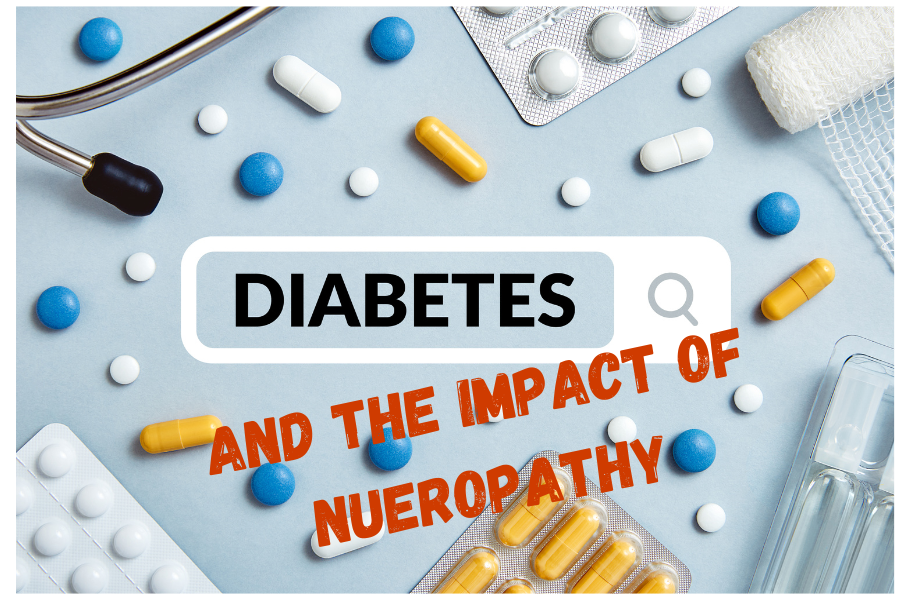

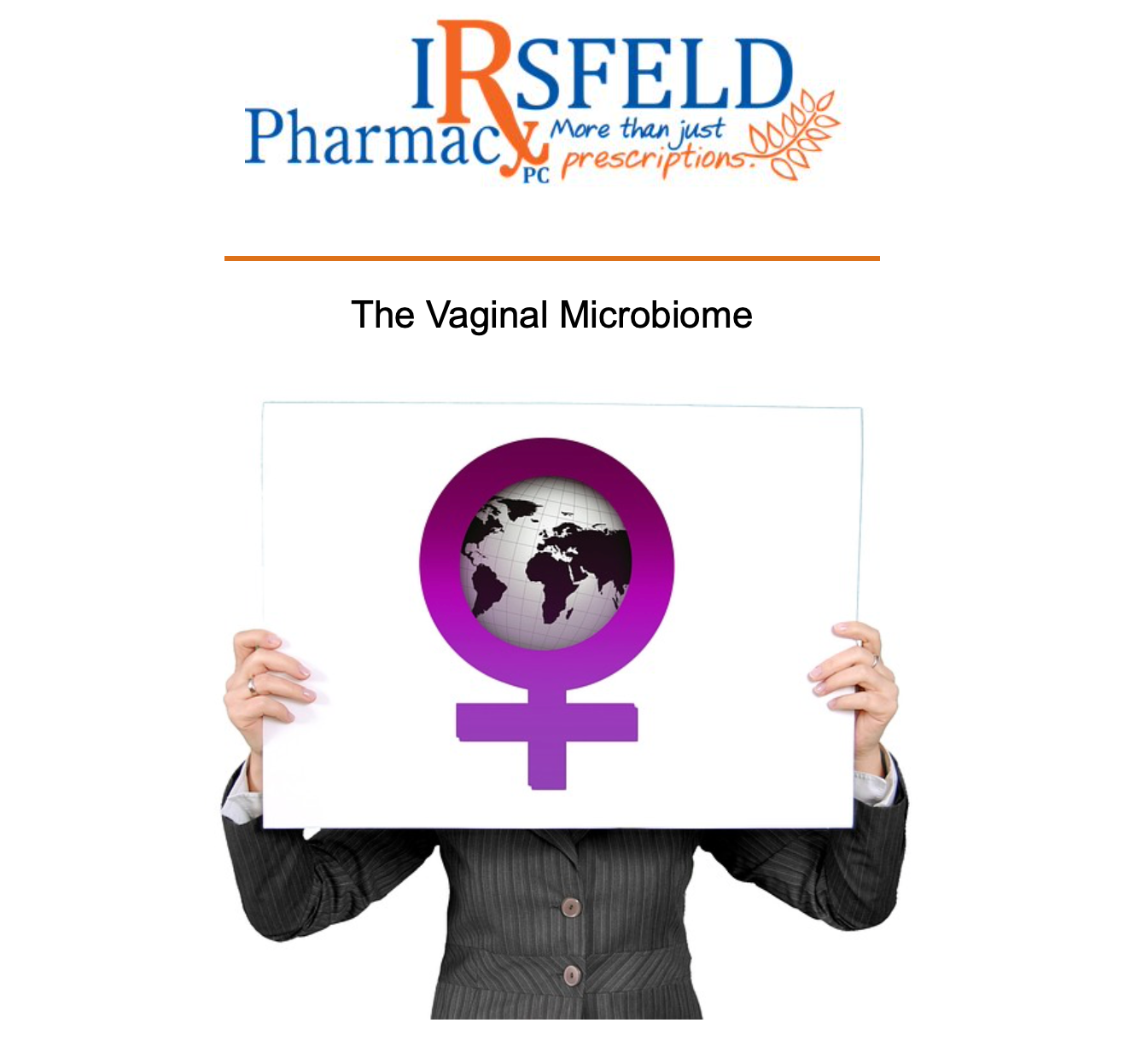
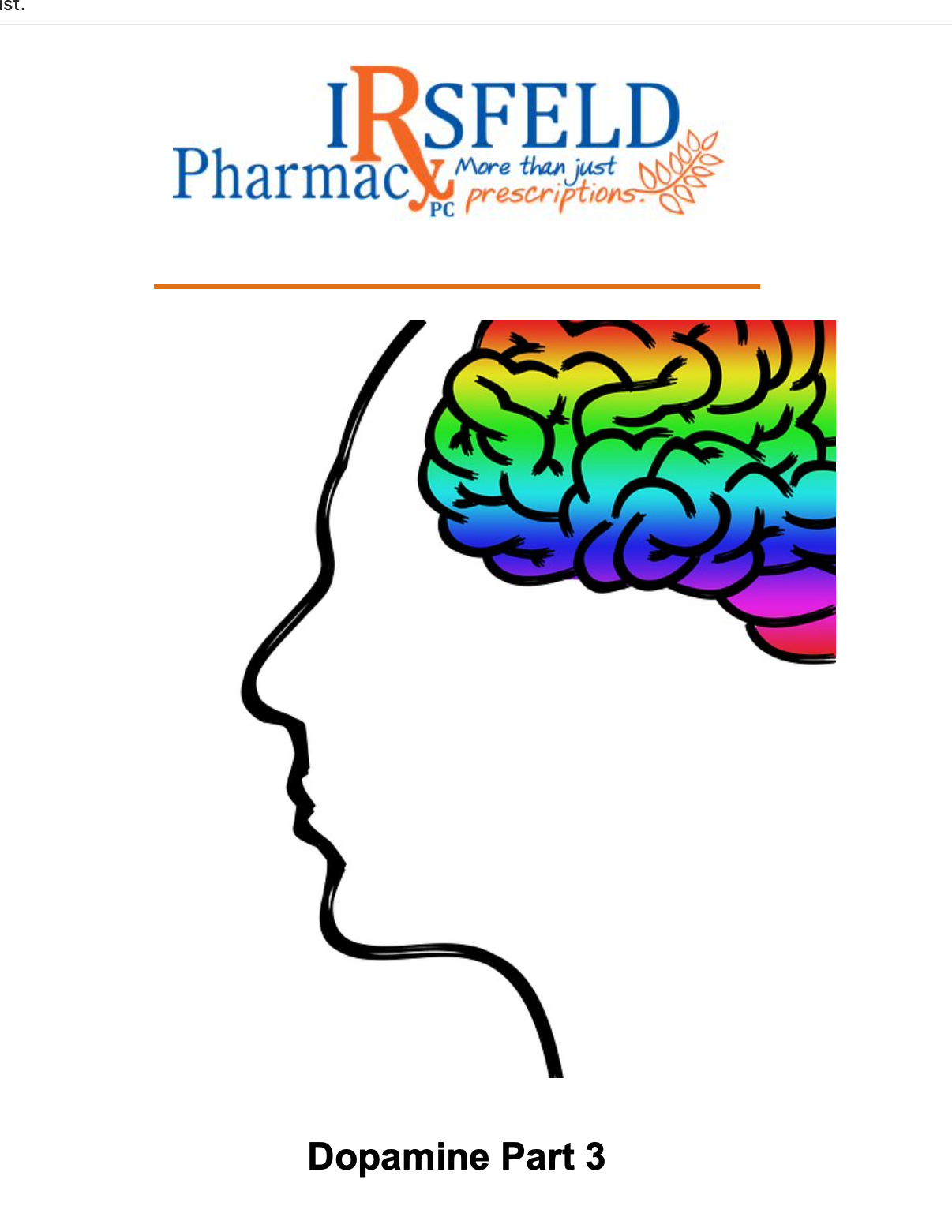

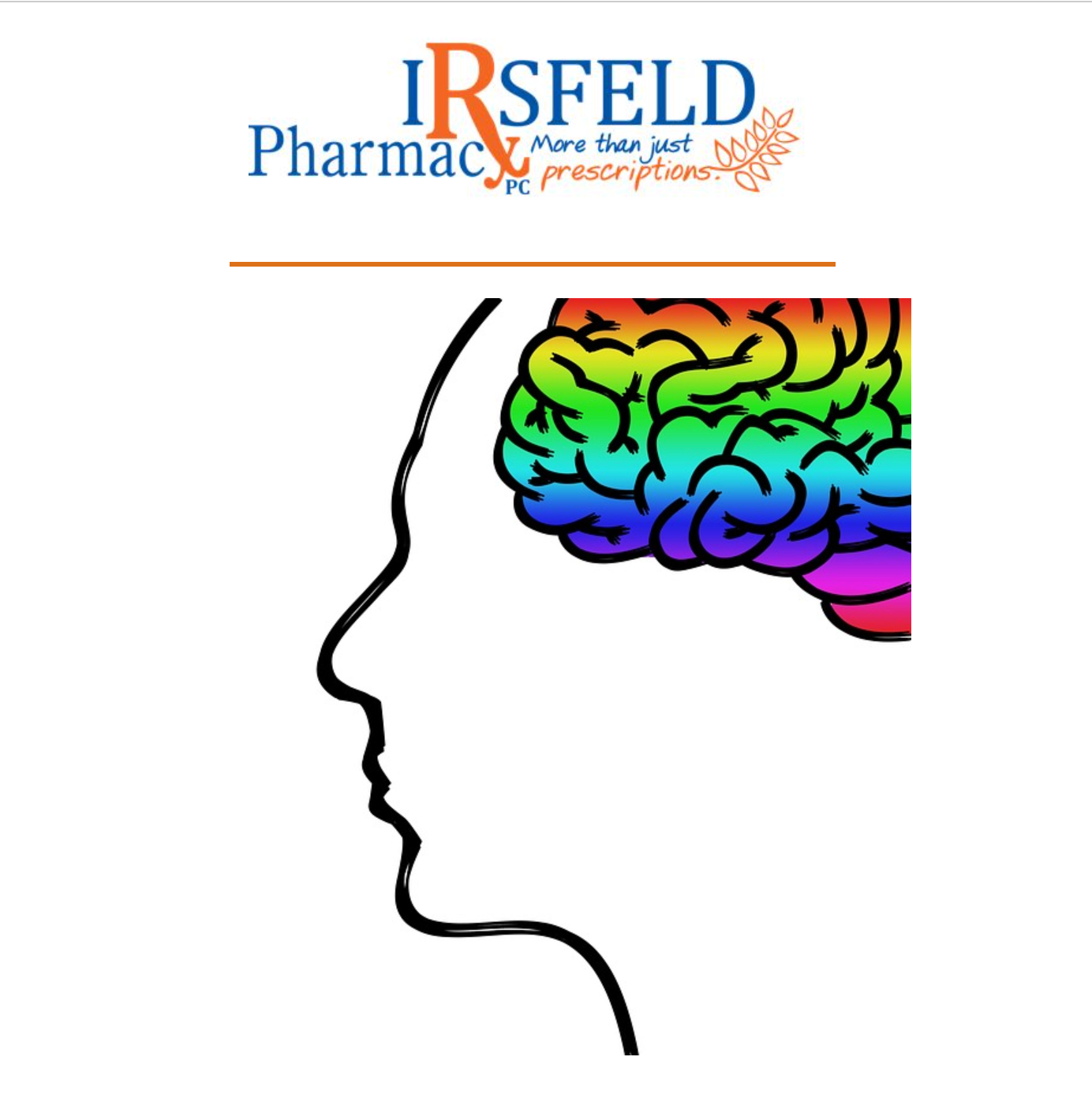
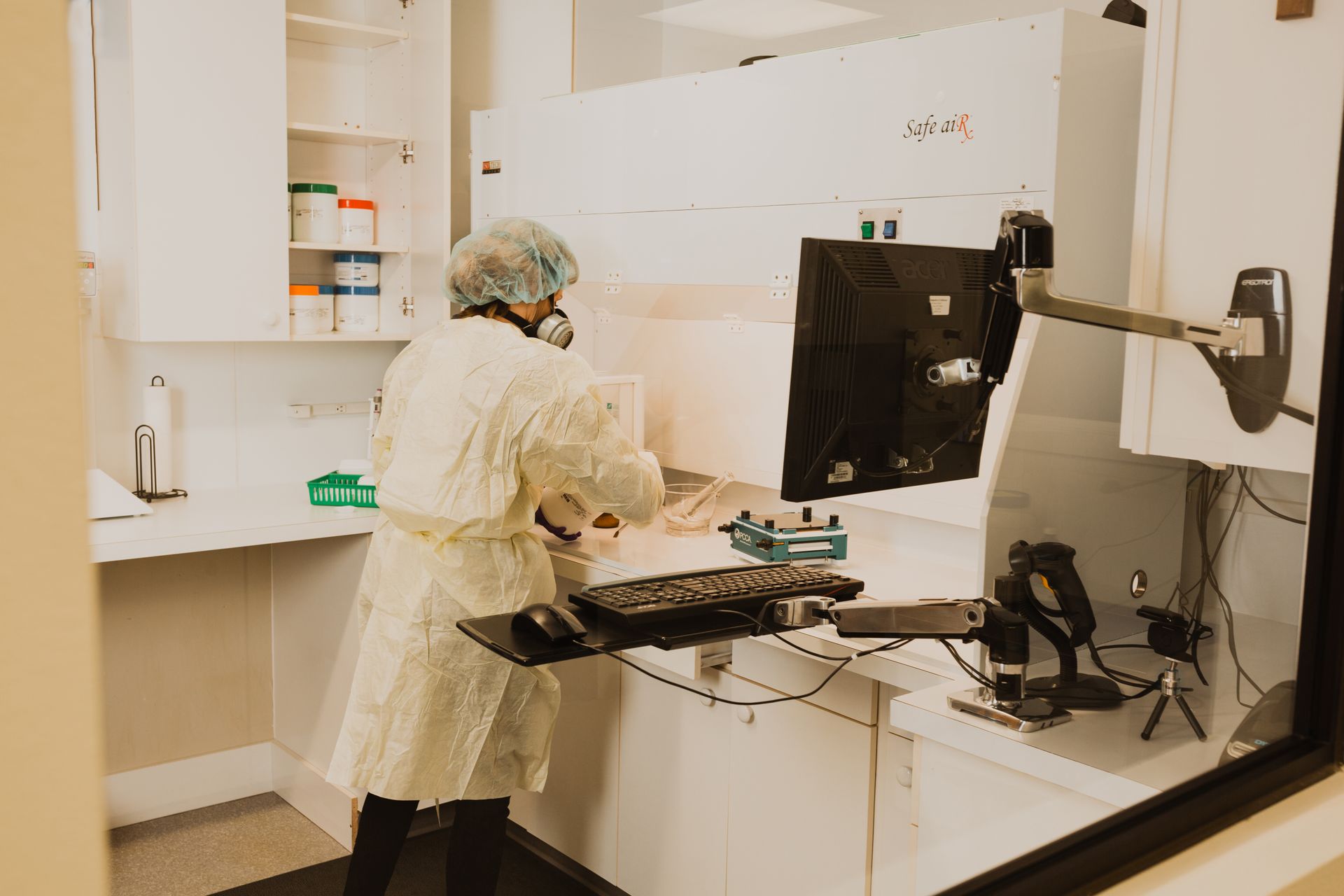


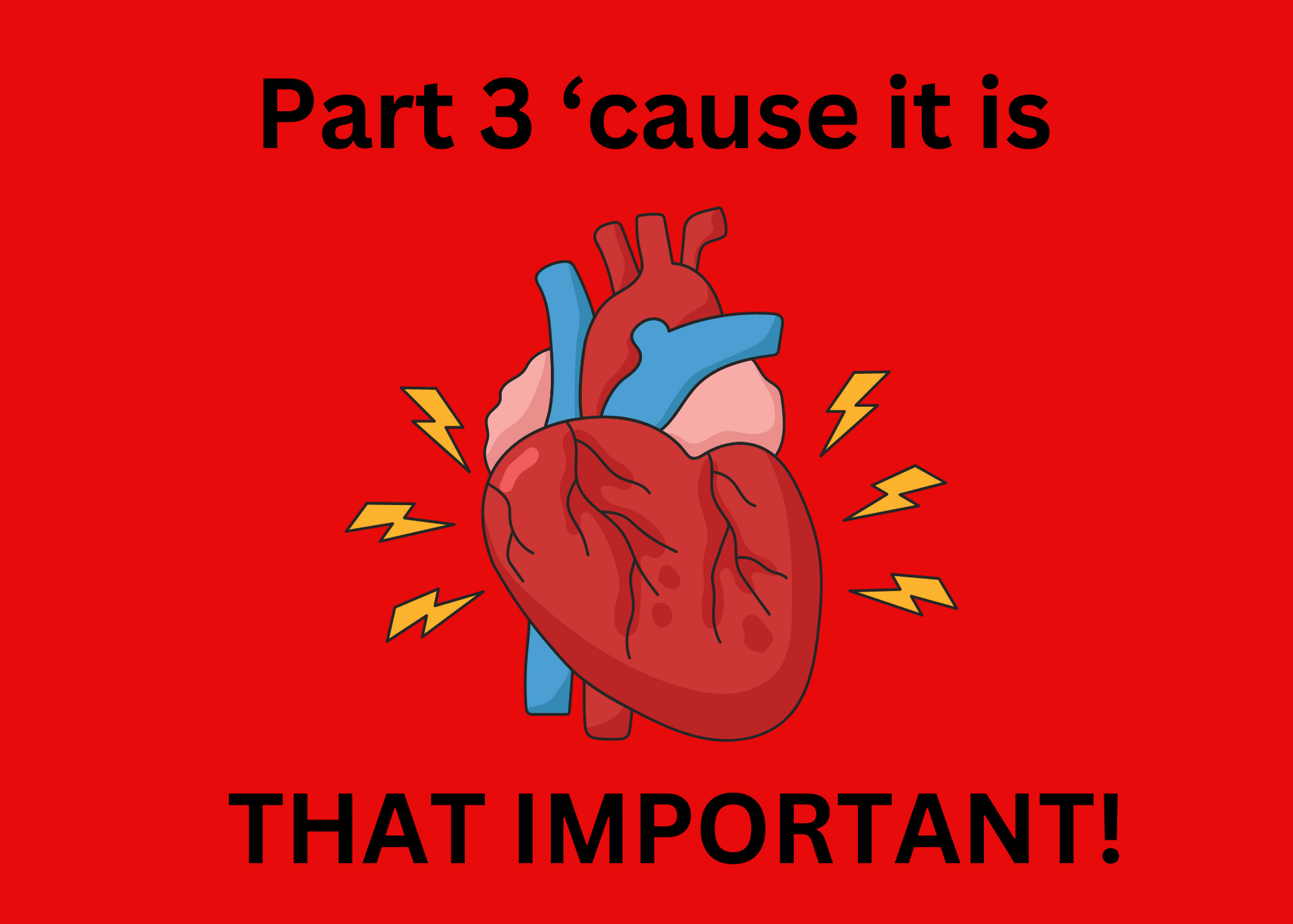
Share On: